Beginning July 17th through midnight on July 25th, there are nine days and many ways to celebrate moths. Moth-ers of all ages and abilities are encouraged to learn about, observe, and document moths in their backyards, parks, and neighborhoods.
Learn how to participate in National Moth Week here.
Pop Quiz: Which Plant is Poison Ivy?
Have you heard the saying, “leaves of three, let it be” because it’s probably poison ivy? Poison ivy (Toxicodendron radicans) is an annoying plant to many, but it plays a crucial role in our ecosystem as an important food source — leaves, berries, and all — to animals in the forest. There is a lot of poison ivy creeping into our trails during the summer, and you do need to watch out for it, but there are some other leaves of three that you don’t have to worry about.
Can you identify which plant in the photo is actual poison ivy?
(Answers below. No peeking!)
Pictured: 1.) Fragrant sumac (Rhus aromatica) 2.) Tick trefoil (Hylodesmum nudiflorum) 3.) Common dewberry (Rubus flagellaris) 4.) Poison ivy (Toxicodendron radicans)
*** Virginia Creeper (Parthenocissus quinquefolia) is another species often misidentified as Poison Ivy. Click here for identification.
In Bloom
Bottlebrush buckeyes (Aesculus parviflora) are blooming on the mountain. The flowers are visited by a variety of native bees and other pollinators. Bottlebrush is unique among the buckeyes for retaining its foliage, in good condition, well into fall. It is also more tolerant of disease and insects than most buckeyes.
Photos by Michelle Reynolds
Bird Food
Bugs are bird food!
If you love birds, if you want birds in your yard, and if you would love to see birds nesting nearby, then you must learn to love bugs (using this term for insects, beetles, spiders, butterflies, moths, caterpillars, and other crawlers and flyers).
Yes, lots of birds love to eat the sunflower seeds and suet you put in your feeders. And they probably gobble up your berries and other fruits and veggies you may grow in your yard. But take a closer look at the birds as they forage the bugs in nature. You might see wrens, titmice and chickadees robbing the spiderwebs, eating both the spiders and the insects caught in the web. You might observe gnatcatchers, flycatchers, vireos, finches, cardinals, and tanagers snatching butterflies out of the air. Watch the robins, thrushes, thrashers, and towhees scratching and grabbing beetles, ants, and grubs from the ground. See woodpeckers and nuthatches crawl limb to limb pecking for a snack. Look up and see swifts, swallows, and martins nabbing insects on the fly. We must learn to coexist with creepy crawlies if we want to support the existence of the birds we love.
A few things you should do (and more importantly, not do):
do learn to watch and appreciate bird/bug interactions
don’t be a bug hater
don’t use pesticides
Pictured: phoebe with dragonfly, Carolina wren with katydid, white-eyed vireo with grasshopper
Photos by Michelle Reynolds
Happy Pollinator Week!
Pollinator Week is an annual event celebrated internationally in support of pollinator health. It's a time to celebrate pollinators and spread the word about what we can do to protect them.
The Habitat Garden at Ruffner Mountain is a pollinator’s paradise. We invite bees, wasps, flies, beetles, butterflies, moths, and hummingbirds to the native plant plots. Pollinators visit flowers to sip nectar or feed on pollen while transporting pollen grains to other flowers as they go. We like to plant many different flower shapes and colors and observe all the creatures they attract. Next time you come up to the mountain, don’t be afraid to lean in and get a closer look.
This week, we’ve observed calligrapher flies and bumblebees on the compass plant (Silphium integrifolium) and grey-headed coneflowers (Ratibida pinnata).
Click here for further reading on how you can support pollinator health.
Ruffner Mountain Maintenance
Photo by Michelle Reynolds
Parking lot improvement photoshoots can be exciting, too! (Just ask little Riley here)
As enticing as adding something new may seem, so is prioritizing the maintenance of existing facilities and spaces before creating new ones. Maintenance is an important form of conservation, and conservation - simply defined - is caring for what we already have.
We are thankful to Councilor Hunter Williams, the wonderful D2 team, Birmingham City Council, and Mayor's Office for helping to fund the much-needed maintenance to the Nature Center parking lot to ensure our visitors have a safe experience at Ruffner Mountain.
A big thank you to Cheryl Thomas and Peter Cutsumbis, owners of Along Those Lines LLC; we loved working with this local, family-owned business. Read more about how they got started here.
Snake Season
We were wondering which snake shed its skin here, the black kingsnake (which we hope is still around) or the copperhead. Both have inhabited this nook under the sidewalk, and since kingsnakes are known to make a meal out of a copperhead, we’re surprised to see a copperhead again.
Snakes are out. We love snakes, and Ruffner Mountain is their refuge. We are of the opinion, if we don’t bother them, they won’t bother us. It’s pretty rare to run into a venomous snake on the mountain. Visitors usually see gray rat snakes, kingsnakes, green snakes, garter snakes, Dekay’s brown snakes, or ringneck snakes, all non-venomous.
What do you do if you see a snake? Enjoy the sighting! Keep calm and keep a safe distance. Move away and walk around it. Or if it’s blocking the trail, slow down and simply wait for it to cross. It’s important to do this for the snake’s safety as well as yours.















